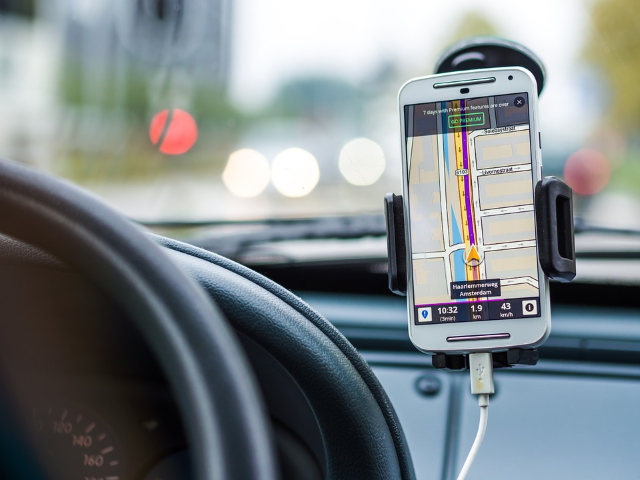Car accidents are a very common occurrence on American roads. The majority of these crashes, unfortunately, are caused by human error. Some crashes are relatively minor, with others being devastating due to their destruction of property and loss of life.

Teens, in particular, are at risk for being involved in traffic accidents due to the fact that they are inexperienced and prone to distraction. While there is no shortcut to being an experienced driver, we need to be diligent when communicating the seriousness and responsibility that come with operating a car. Here are some common causes of car accidents that need to be discussed with your teen before they embark on one more chapter closer to becoming an adult:
Cause #1: Inexperience
Young teens with less than two years of experience behind the wheel do not have the skill set and foresight to recognize and react to dangerous situations. Crash risk is particularly high in the first few months after obtaining a license, as teens are eager to hit the road for more freedom. Good driving techniques take time to develop, and mistakes will be made as they learn to navigate and negotiate with other drivers safely.
Cause #2: Distracted driving
Distracted driving by definition includes any activity that takes your mind and eyes off the road. This includes sightseeing, talking on the phone, eating, and talking to other passengers. Driving involves mental, cognitive, and physical effort; failing to devote adequate attention to the task can end in disaster. Distracted driving can become even worse at night when visibility is reduced.
Cause #3: Not wearing seat belts
It has been proven that wearing seat belts significantly reduces the severity of injuries and crash related fatalities; put on those seat belts! In a survey taken of new drivers in 2013, only half reported that they wear their seat belts on a regular basis. Teens who cannot be bothered to buckle up before driving may face not only hefty fines if caught without them, but they may incur lasting and permanent damage to themselves and any passengers refraining from buckling up as well.
Cause #4: Drinking and driving
Driving under the influence of anything can be deadly, even for experienced drivers. Teens, in general, are more prone to throw caution to the wind and engage in dangerous behaviors; almost a quarter of teens report that they would be willing to drive or ride with someone who had been drinking. When combined with a lack of experience, the dangerous cocktail of alcohol and motor vehicle operation becomes a cause of many crashes and fatalities affecting this age group.
Cause #5: Phone use and driving
Thanks to the evolution of technology, almost 80 percent of teens of driving age also own a cell phone. Among those with cell phones, almost half of them are smartphones with texting, messaging, capabilities, and internet access. This is a source of enormous distraction and the cause of many traffic violations, both minor and major. It seems that everywhere you look there are stories of families that lost family members in fatal accidents where texting and phone use was involved. Justin Kimball from Preszler Law of Nova Scotia explains that when a teenager is driving, their failing at the ability to identify potential dangers on the road rises 50% when they’re using a cell phone. If teens find themselves in a situation where they need to use their phone, it is advised that they find a safe place to pull over so they can engage in safe communication.

How to promote safe driving practices for your teen driver
Having conversations with your teen as they enter the roadways is critical to ensure their safety and success behind the wheel. Here are some things you can do to promote safe driving practices:
- Make sure your child is well rested. Do what you can to help them regulate their sleep schedule; make sure they know the importance of being well rested when getting behind the wheel, and what potential dangers could exist when they are fatigued or tired. Ask them to evaluate how they are feeling and determine whether driving is a safe activity for them.
- Limit the number of passengers riding along. The more passengers your teen has in their car, the more likely it is that they will be distracted when driving. If they must transport other people, ask that it be limited to one or two more people, and have your teen check in frequently to keep their mind on the important matter of driving rather than socializing with friends.
- Ride along and instruct. There is no substitute for good instruction and good experience; be willing to invest time in your new driver, knowing that you are not only keeping them safer on the roads as a result of one on one time, but everyone that your driver meets on the roadways.
- Make sure if they are communicating on the telephone that they are using a hands free device. This 2015 VW Beetle Classic Edition offers a hands free option for phone use while driving.
Taking the time to set your teen up for success on the roadway by modeling safe driving and using teachable moments combined with experience will be of immeasurable value to them as they enter this new phase of life. IN no time at all, they will be responsible, self-reliant drivers.










